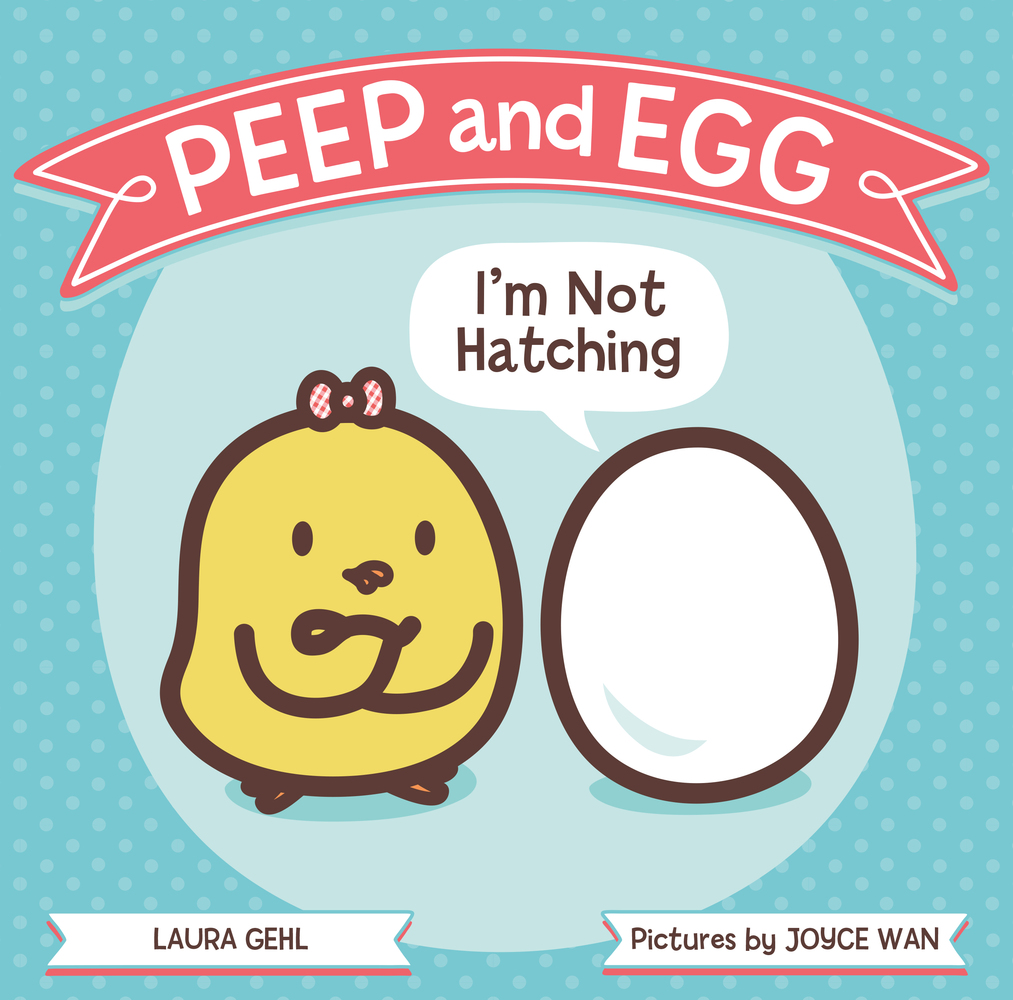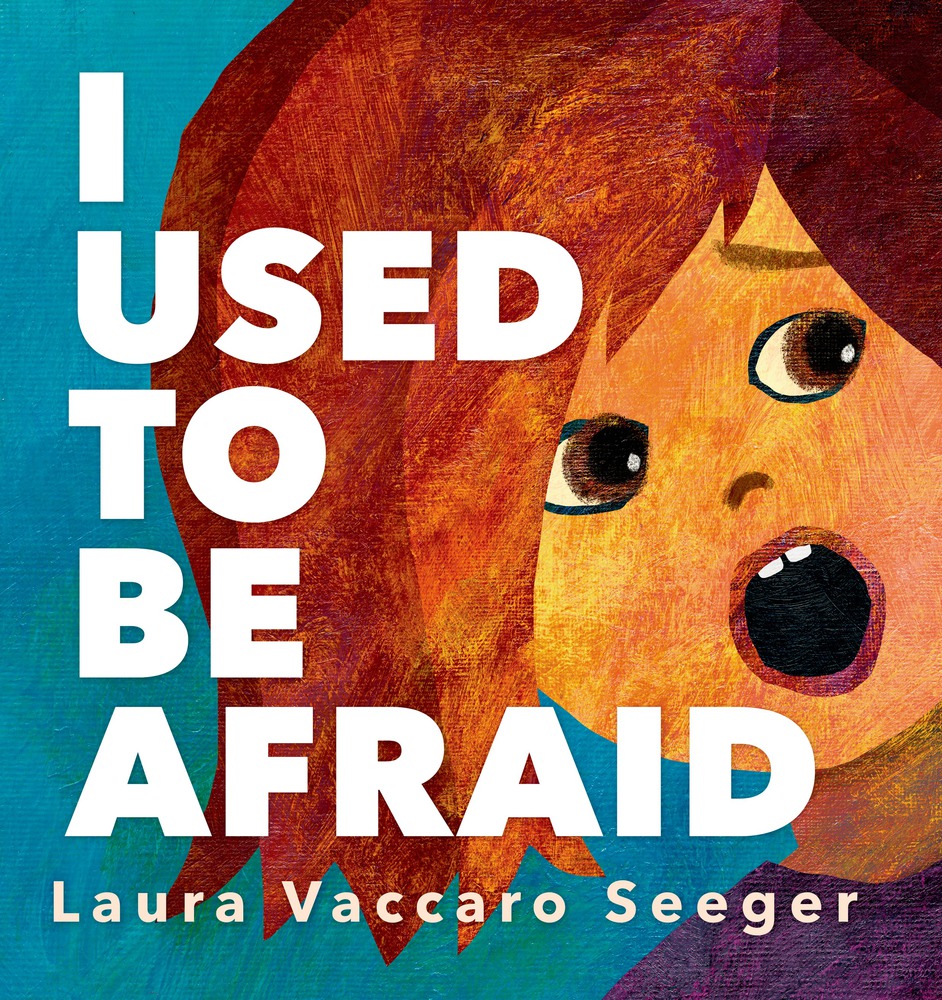While there are beautiful children’s books that simply tell
a good story, there are many others that build a lesson into the story that’s
being told. The books on this page teach a lesson, whether it is that it is as
profound as “It’s okay to be biracial” or as simple as “Moving is hard, but we
all have to do it some time” these books tell a story, teach a lesson and
entertain us in the meantime. Enjoy these lesson teaching books!
Mixed Me! By Taye Diggs, Illustrated by Shene W. Evans

Mike is a mix of his dark-skinned dad and his red-headed
mom. He likes who he is and does not want to be forced to choose one race or
one group of friends. While the text is short, it is to the point. As Mike says
at the end: “They call me Mixed-up Mike, but that name should be fixed. I’m not
mixed up, I just happen to be mixed.”
Peep and Egg: I’m Not Hatching by Laura Gehl, Pictures by Joyce Wan

Peep wants Egg to hatch so they can enjoy the world
together, climbing to the top of the barn to watch the sunrise, or riding on
the back of a sheep. But Egg is afraid of coming out into the world. A great
book for young ones who seem to be afraid of many things. The final page shows
Peep and Egg as a newly hatched chick sitting on the roof of the barn, reading
a book and eating a picnic: enjoying life together!
Before I Leave by Jessixa Bagley

For all those children who have to move and leave their best
friends behind! Hedgehog and her family are leaving best friend, Anteater.
While Hedgehog insists that she is not going, she continues to pack and
eventually is forced to leave with her parents. What she does not know is that
there are notes in her suitcase from Anteater. These notes decorate her new
room and remind her that she has a best friend back home. A good companion book
to Alexander, Who’s Not (Do You Hear Me?
I Mean It!) Going to Move by Judith Viorst.
The Toy Brother by William Steig

Originally published in 1996 by acclaimed children’s book
author, William Steig, The Toy Brother tells the story of Yorick and Charles,
two brothers who do not see eye to eye. When their parents go away to attend a
family wedding, Yorick, the older brother, plays around in his father’s
laboratory and succeeds in shrinking himself. Younger brother Charles takes
good care of him and even fantasizes about Yorick staying small forever, so
Yorick can no longer ignore him. Shades of “Honey, I’ve Shrunk the Kids” here,
but on a simpler, less complex plane. Lesson: don’t mess with your dad’s stuff!
The Tale of Tricky Fox Retold by Jim Aylesworth, Illustrated by
Barbara McClintock

Aylesworth retells the tale of Tricky Fox with animation and
verve. Both the prose and the brief bits of song move the story forward and
make for an interesting read. McClintock uses motion and facial expressions to
match the animation of the words. The light orange background and the limited
color palette combine to pleasing effect. This will go to the top of the list
when working on folk tales and trickster tales. As with all trickster tales,
there is a lesson for the tricker: don’t get too cocky; and a lesson for the
tricked: when you don’t tell the truth, you open yourself up to the trickers of
the world.
You’re Here for a Reason by Nancy Tillman

With Tillman’s trademark illustrations and rhyming verse, You’re Here for a Reason gives anyone
who has had a bad day a chance to see that even when a day goes wrong, “To
somebody else, you will always be strong!” The message here, as in all
Tillman’s books is “You are loved!” Who can resist that?
I Used to be Afraid by Laura Vaccaro Seeger

A young girl has many fears, but each one is reconciled
through pictures and clever cutouts. “I used to be afraid of spiders, but not
anymore.” Sets the stage for repetitive language. However the illustrations are
anything but repetitive. Each page turn leads to another discussion. Why does
the beauty of the spider web lesson the girl’s fear? What did she do so she is
not afraid of being alone? Lesson: deal
with your fears head on.
It’s Not Easy Being Number Three by Drew Dernavich
Number three is tired of being a number, he feels taken
advantage of and underappreciated. In a weird, surreal way, Number Three
explores other options. Clever artwork and imagination show how three can be
any number of things, from the hem of a scalloped skirt to the bottom of an
anchor. But, nothing seems to satisfy Three, until he becomes a bronze statue
in a park. There he is appreciated and looks forward to the many adoring
crowds. But, when winter comes, he is once again left alone. Although the other
numbers beg him to come back, he refuses, until finally, he realizes that
without a number Three, the world really cannot go on, or at least the Fair
cannot go on. Lesson: be sure to be who you are; stick with what you know; be
adventurous, but always return to your roots? Who knows?













